Without touching or intruding into difficult to measure geometric structures and internal channel networks, easily obtain data such as structural dimensions, tolerances, wall thickness, etc
Search:
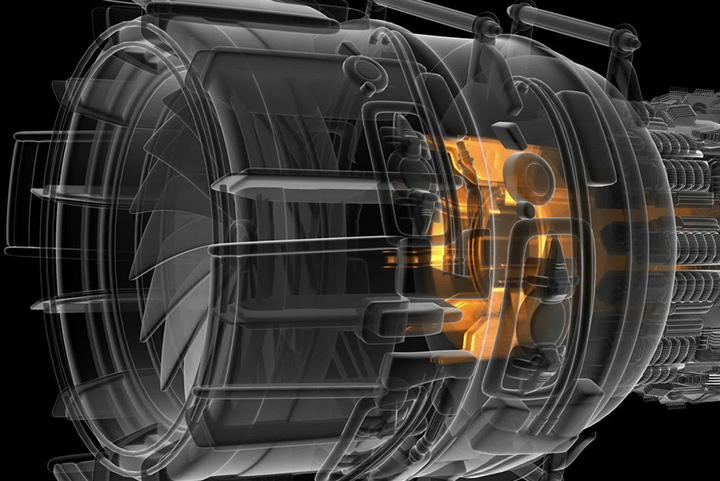
Switching to new fuels (hydrogen) and electrification will introduce more risks, defects and failure modes.
The use of additive manufacturing and composite materials can create new geometry, which also brings new challenges to testing and inspection.
Highly regulated industries with complex supplier and service agreements and rigorous selection, procurement, storage, and spare parts management systems can result in waste.
Regulatory compliance standards and funding processes focus on redundancy, compliance, security, operations, and requirements rather than speed.
Without touching or intruding into difficult to measure geometric structures and internal channel networks, easily obtain data such as structural dimensions, tolerances, wall thickness, etc
Realize comprehensive localization of internal defects (pores, cracks, inclusions, etc.) in medium and large samples
Clearly display and calculate various parameters such as the position, size, volume, and defect percentage of pores/inclusions
After 3D CT imaging, mesh data can be generated for finite element modeling and analysis
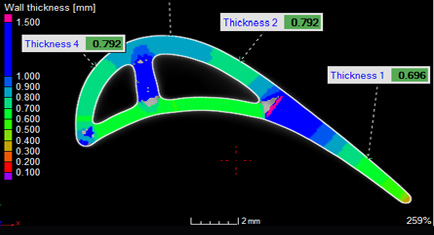
Conducting internal structural measurements can obtain unknown sample internal structural data without damage, even on the most difficult to access surfaces of components
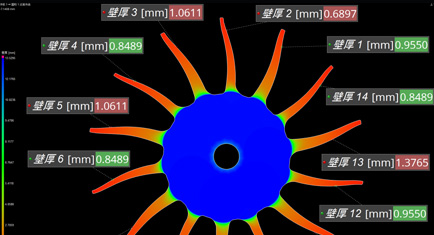
It can achieve CT scanning of three-dimensional microstructures from small samples to large samples, visually displaying the internal structure of the sample without damaging the sample. Detection types: pores, cracks, inclusions
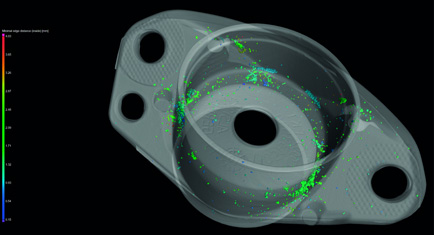
Identify the pores, cracks, and inclusions inside the parts, and display detailed parameters of each defect. Calculate the various parameters of each defect (defect location, size, and shape), calculate the percentage of pores in the sample, and visualize it in a defect volume histogram
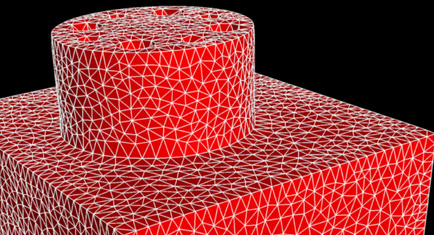
Export accurate and high-quality tetrahedral volume grids from CT scan results for use in mechanical, fluid, thermal, electrical, and other FEM simulations in third-party software
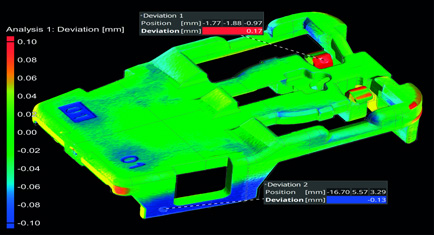
By importing STP/CAD models through software and comparing them with the data obtained from CT scans, the qualification of actual products can be determined

CT has outstanding performance in the detection tasks of almost all complex and critical components such as electronic systems, connectors, space devices, structural components, fuel system components, engine parts, composite materials, etc. Most companies tend to rely on our CT testing to reduce failures and improve component lifespan, thereby significantly reducing the overall project cost.

According to the size, density, thickness, and testing requirements of the inspected workpiece, we have desktop CT, horizontal CT, inline CT, nano CT, micro focus CT, high-energy small focus CT, and high-energy large focus accelerator products to choose from.
The changes in the workpiece are like "thousands of people, thousands of faces", so the detection plan is not unique and fixed. We provide customized testing solutions with high adaptability to meet specific customer needs. We can provide flexible and diverse choices in product design, scanning technology research and development, and collaboration methods - all with the sole purpose of helping leaders in the aviation industry fully tap and utilize the potential of CT technology to create remarkable success.